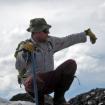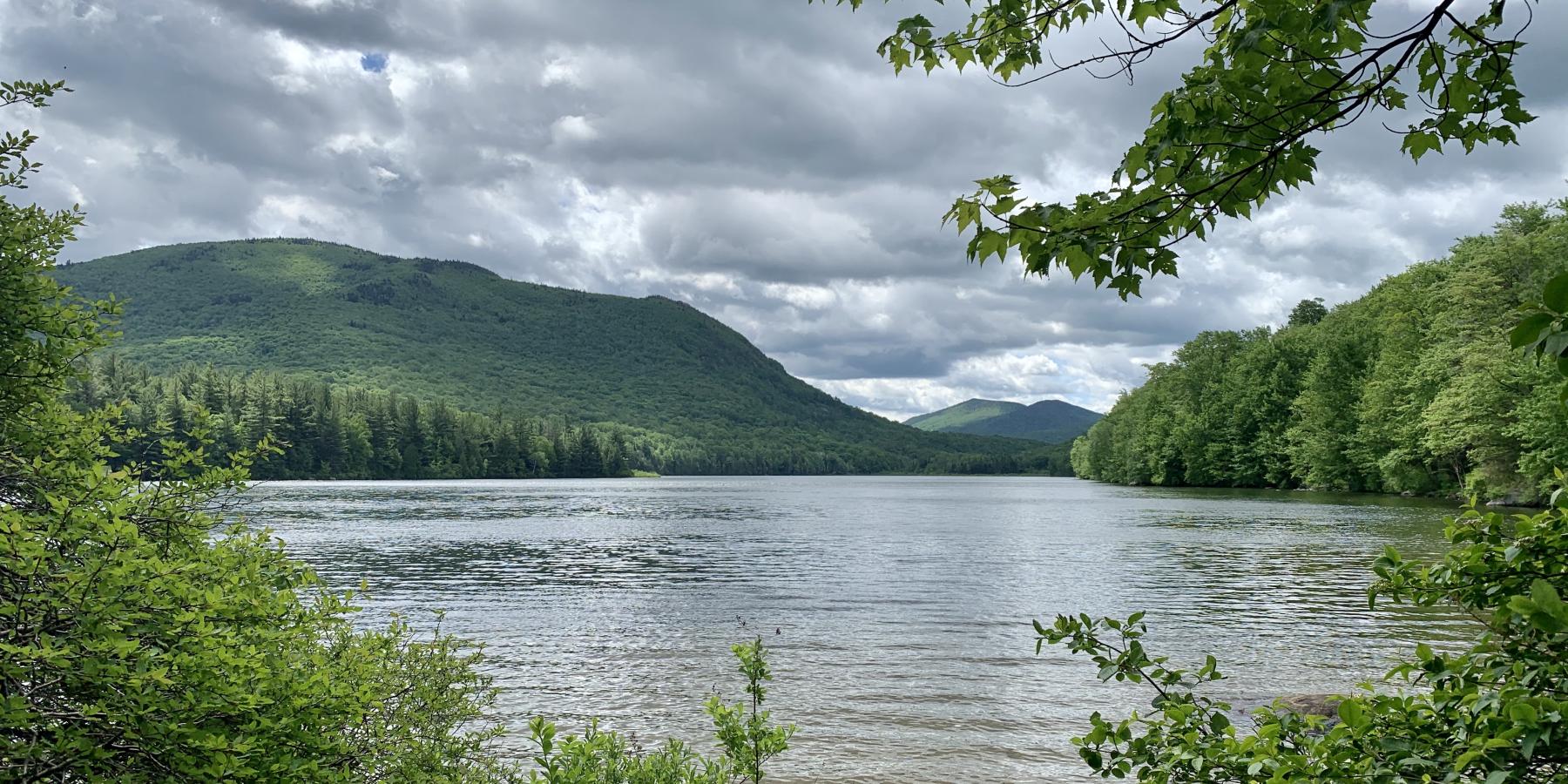
Alexander K. Stewart, USA (ret)
Support
Coarse-woody debris (CWD) is a basic part of the forest-floor ecosystem and provides stabilization for topsoil and a habitat for various animals and fungi. Understanding differences in CWD across select Adirondack (ADK) lake basins may provide insight into forest dynamics and palaeoclimate work. As an extension of previous works by Freimuth et al. (2020), we selected four basins from their work to evaluate CWD within their catchments: Debar Pond (DP), Moose Pond (MP), Heart Lake (HL), and East Pine Pond (EPP). We collected the location and CWD data (e.g., decay class) from ~10 locations/basin (n=48). These data were supplemented by the work of Schartman et al. (2020) who performed geochemical analyses of lipids collected in lake cores for reconstructing local palaeoenvironmental conditions. EPP CWD was majority coniferous while the others were majority deciduous. Geomorphologically, EPP and MP catchments are relatively flat compared to DP and HL. MP, however, does not have the same percentage of palaeo-shoreline vegetation as EPP despite their similarity topographically. From the reconstructed palaeo-lipid data, EPP shoreline vegetation through time is ~30% shrubs and saplings; whereas, the others had 0-5%. EPP’s status as an outlier among these basins (lipid data and CWD) may be related to its proximity to other basins and its modern and ancient majority coniferous CWD. Within a radius of ~4km, there are approximately 34 other bodies of water compared to the collective 7 in the same radius for the other basins. Forest understory is directly influenced by overstory, and as such, the level of evapotranspiration and deficit, rather than typical climate controls, likely determine the presence and type of vegetation (Stephenson, 1990). If the presence of other basins affects the water levels within the region then they may be influencing the type of forest and vegetation in that area. It may be likely, too, that proximity to other lake basins may have an effect on sedimentation rates and organic deposition in lakes as a whole. Resolving the high percentage of shrub-like vegetation found in the palaeo-lipid data and our coniferous CWD at EPP, may have implications for reconstruction of palaeoclimate and understanding of forest dynamics within the ADK.
